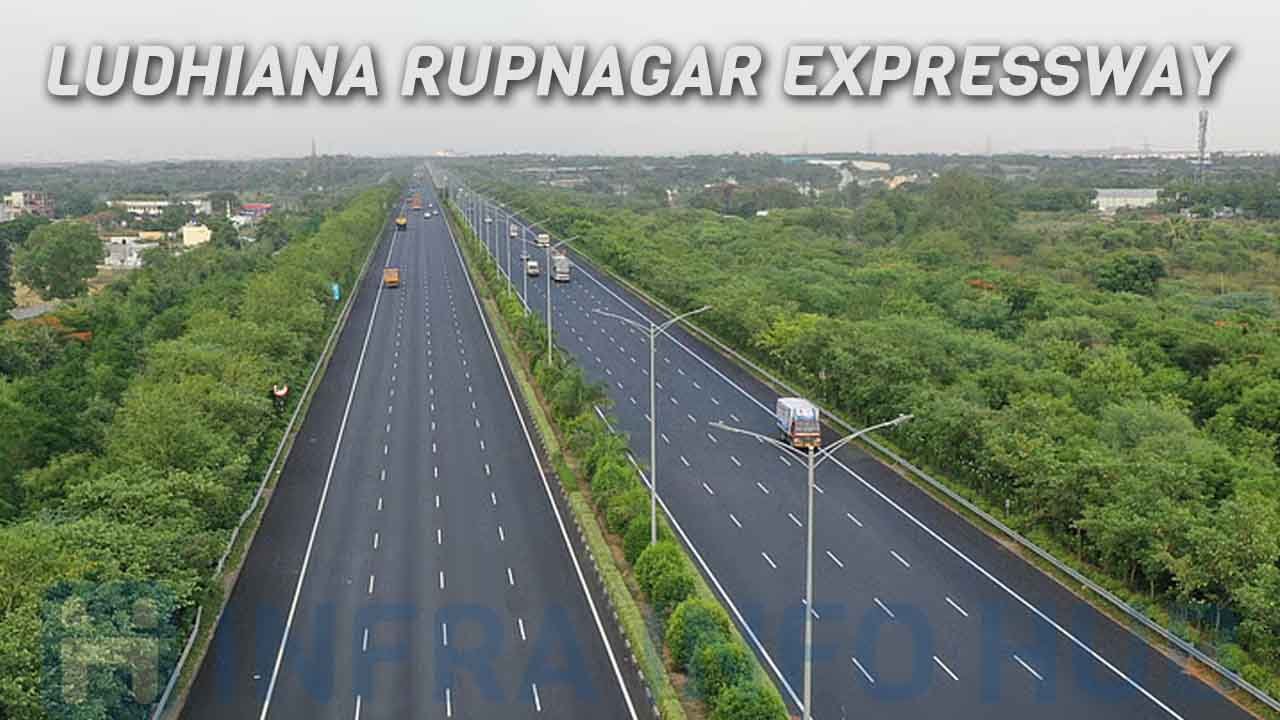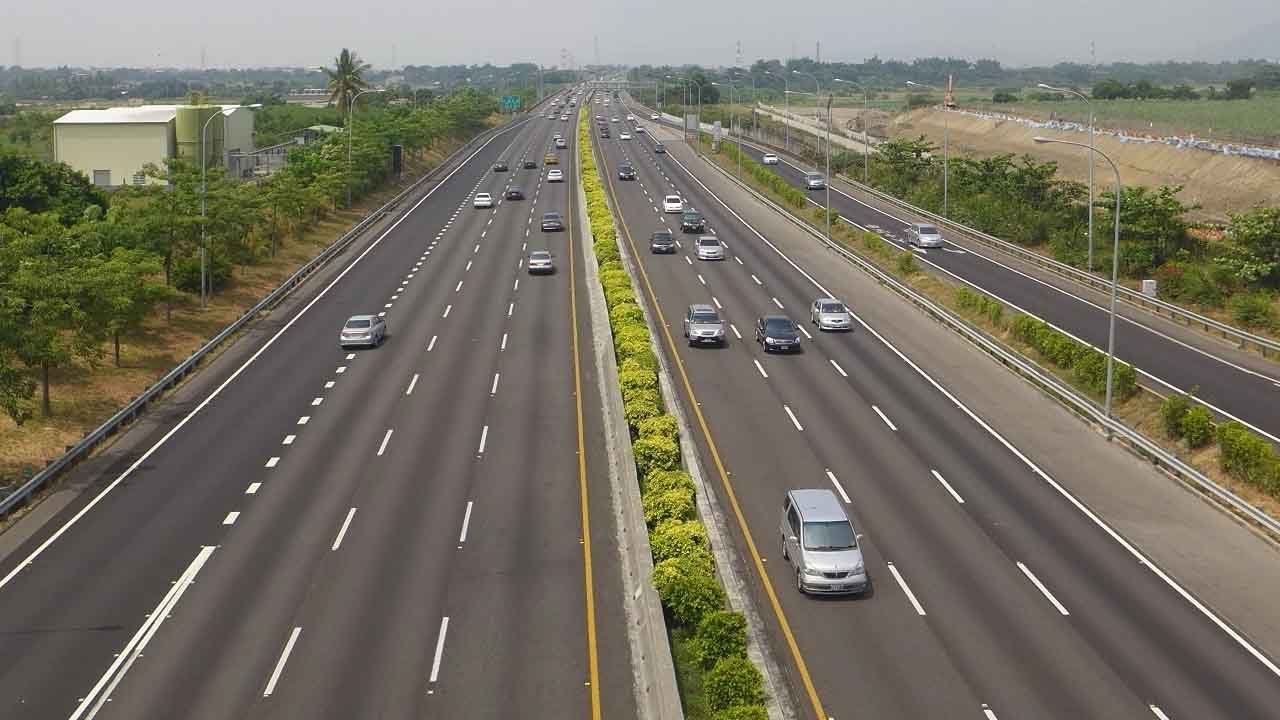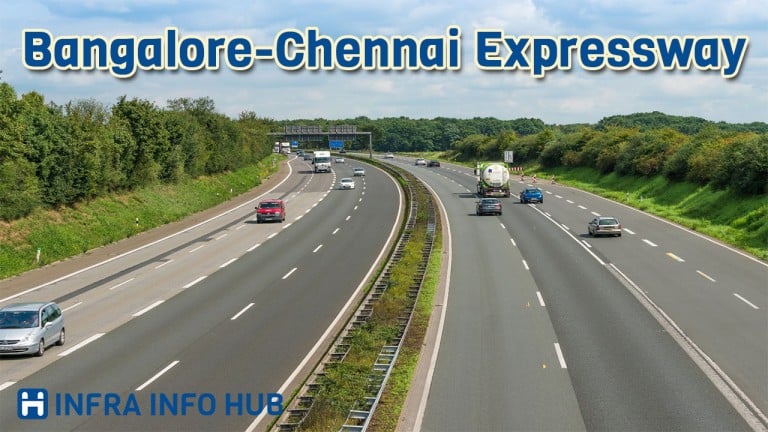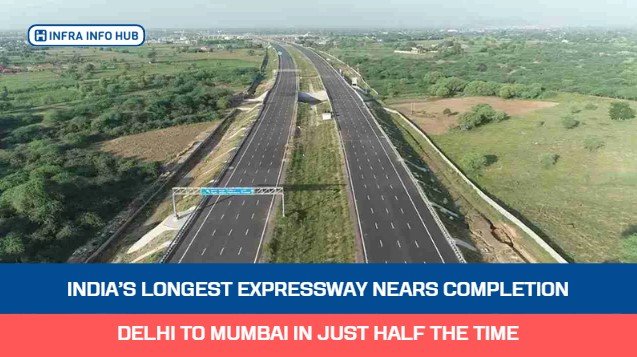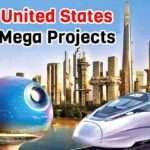The Ludhiana–Rupnagar Expressway, a greenfield expressway project under the Bharatmala Pariyojana Phase I, is an ambitious infrastructure development designed to bolster connectivity in Punjab. Spanning approximately 91 kilometers, this expressway is part of the larger Delhi–Amritsar–Katra Expressway (DAK Expressway) and plays a pivotal role in linking the industrial city of Ludhiana with Rupnagar, thereby improving access to Chandigarh and facilitating seamless freight and passenger movement.
Table of Contents
- 1 Ludhiana Rupnagar Expressway Overview
- 2 Strategic Importance of the Ludhiana–Rupnagar Expressway
- 3 Detailed Route Alignment and Intersections
- 4 Construction Packages and Contractors
- 5 Environmental and Forest Clearances
- 6 Current Construction Status
- 7 Integration with the Delhi-Amritsar-Katra Expressway
- 8 Land Acquisition and Rehabilitation
- 9 Economic and Social Benefits
- 10 Challenges and Mitigation Measures
- 11 Timeline and Completion Targets
- 12 Future Connectivity and Upgrades
- 13 Conclusion
Ludhiana Rupnagar Expressway Overview
- Length: 116 km
- Cost: ₹ 2792 crore
- Lanes: 4-6
- Starting Point: Manewal, Ludhiana
- Ending Point: Bheora, Rupnagar
- Completion Year: March 2026
Strategic Importance of the Ludhiana–Rupnagar Expressway
The expressway is a key economic corridor, enhancing logistics efficiency between industrial and agricultural hubs. It directly contributes to the reduction of travel time, curtailing fuel costs, and boosting regional economic activities. Its alignment serves as a catalyst for real estate, logistics parks, agro-processing units, and warehousing along the corridor.
Detailed Route Alignment and Intersections
The expressway starts near Bheora village in Rupnagar district and terminates near Manewal village close to Ludhiana. The alignment crosses through Ropar, Fatehgarh Sahib, and Ludhiana districts.
Key Villages and Intersections Along the Alignment
| Location | District | Major Intersections |
|---|---|---|
| Bheora (Start Point) | Rupnagar | Near NH-205 |
| Shambhu Kalan | Fatehgarh Sahib | Connection with NH-344A |
| Mattewara Forest | Ludhiana | Sensitive ecological zone |
| Manewal (End Point) | Ludhiana | Junction with NH-44 |
The expressway is designed as a 6-lane, access-controlled carriageway, with provisions for future expansion. Below are the critical technical features:
- Right of Way (RoW): 70 meters
- Access Control: Fully grade-separated interchanges
- Service Roads: On both sides in semi-urban and urban stretches
- Bridges & Structures:
- 6 major bridges
- 15 minor bridges
- 3 interchanges
- 55 culverts
- 2 railway overbridges (ROBs)
- Speed Limit: 120 km/h for light motor vehicles
Construction Packages and Contractors
The expressway is divided into three construction packages. Each package was awarded through a competitive bidding process.
Package Details
| Package | Length | Contractor | Status |
|---|---|---|---|
| Package 1 | 37.39 km | Gawar Construction Ltd. | Under Construction |
| Package 2 | 25.87 km | Montecarlo Ltd. | Under Construction |
| Package 3 | 28.57 km | G R Infraprojects Ltd. | Under Construction |
All contracts are on an Engineering, Procurement, and Construction (EPC) mode, with a 2-year construction period and 5-year maintenance clause.
Environmental and Forest Clearances
A key highlight of the project is its proximity to the ecologically sensitive Mattewara Forest. This has triggered scrutiny from environmental bodies and civil society. To mitigate ecological disruption:
-
The NHAI has rerouted certain segments to avoid core forest zones.
-
A compensatory afforestation plan is under implementation.
-
Regular environmental audits are mandated as part of project monitoring.
Current Construction Status
As of May 2025, all three packages are under active construction with the following progress:
-
Package 1: 78% complete; major structures and base layers laid
-
Package 2: 66% complete; culverts and flyovers under construction
-
Package 3: 70% complete; earthworks and embankments near completion
The project is expected to reach substantial completion by Q1 2026.
Integration with the Delhi-Amritsar-Katra Expressway
The Ludhiana–Rupnagar Expressway is an integral spur of the 670 km Delhi–Amritsar–Katra Expressway, linking Ludhiana directly to the national corridor. This connectivity enables:
-
Faster travel to religious sites such as Vaishno Devi and Golden Temple
-
Seamless freight movement to northern states and J&K
-
Alternate connectivity to Chandigarh bypassing congested roads
Land Acquisition and Rehabilitation
The land acquisition process for the expressway has been 95% completed, with compensation disbursed under the 2013 Land Acquisition Act. The NHAI ensured:
-
Transparent consultation with local communities
-
Timely payouts to farmers and landowners
-
Relocation assistance for displaced households and commercial entities
Economic and Social Benefits
Once operational, the Ludhiana–Rupnagar Expressway is expected to:
-
Reduce travel time between Ludhiana and Rupnagar from 2 hours to under 45 minutes
-
Generate over 5,000 direct and indirect jobs
-
Support industrial clusters and improve rural-urban connectivity
-
Enhance trade efficiency for agricultural produce and textile exports
Challenges and Mitigation Measures
While the project is on track, it faces several on-ground challenges:
-
Monsoon-related delays in earthwork and foundation laying
-
Protests over forest land by environmental groups
-
Logistics bottlenecks in material supply chains
Mitigation steps include night shifts for time recovery, dialogue with NGOs, and establishing local material stockyards.
Timeline and Completion Targets
| Milestone | Target Date |
|---|---|
| Start of Construction | Q2 2023 |
| 50% Physical Progress | Q1 2024 |
| 90% Completion | Q4 2025 |
| Full Commissioning | Q1 2026 |
Future Connectivity and Upgrades
Plans are in consideration for:
-
Smart tolling infrastructure using FASTag and ANPR cameras
-
EV charging infrastructure at rest areas
-
Multi-modal logistics parks (MMLPs) near junctions
Conclusion
The Ludhiana–Rupnagar Expressway is more than just a road—it is a strategic infrastructure asset reshaping northern India’s connectivity landscape. With a focus on speed, sustainability, and economic upliftment, the expressway is poised to become a backbone of regional growth.

